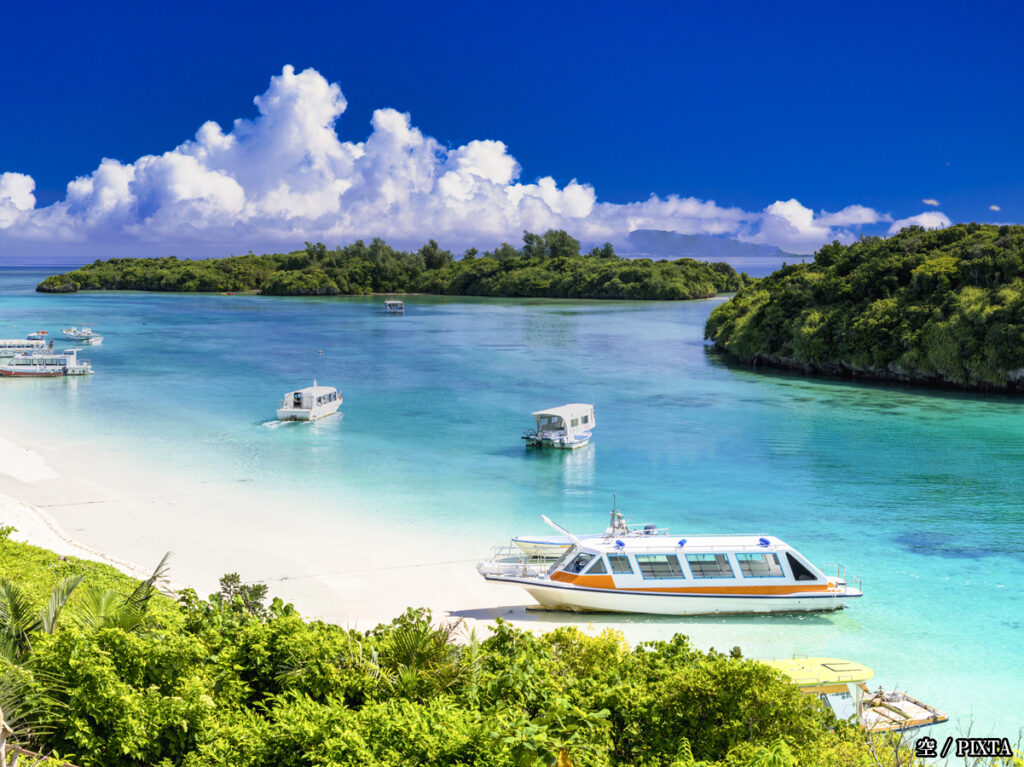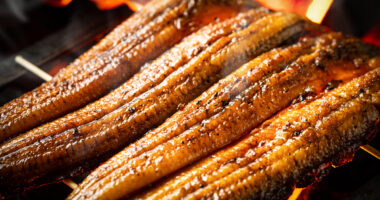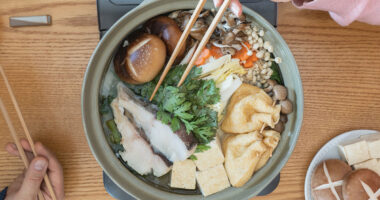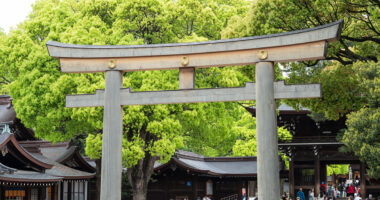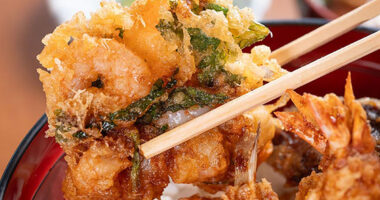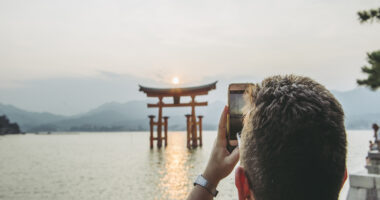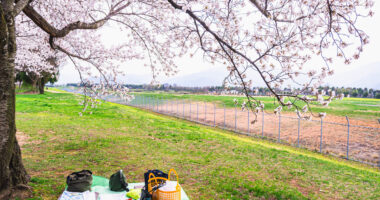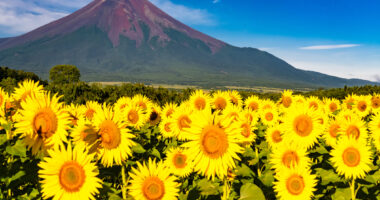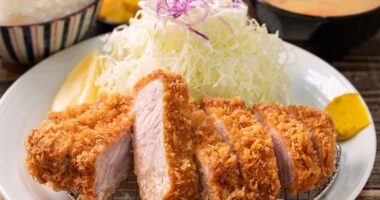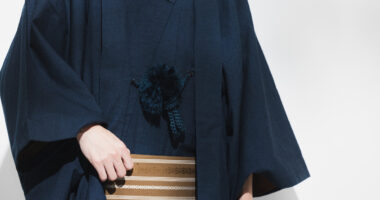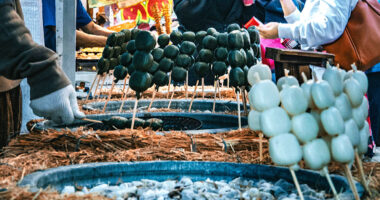Japan’s southwestern islands, especially Okinawa Main Island and Ishigaki Island, are renowned for their white-sand beaches and crystal-clear turquoise waters. Both offer a tropical escape from the mainland, but they deliver very different travel experiences. Okinawa Main Island is busier and more developed, while Ishigaki feels remote and untouched. If you’re torn between them, this guide breaks down the key differences to help you choose the island that fits your travel style.
- Quick overview: Okinawa and Ishigaki
- Best time to visit: weather and seasons
- Beach vibes: popular beaches compared
- Access and transportation
- Costs and accommodation
- Activities for travelers (snorkeling, diving, culture)
- Family vs. couples vs. solo: Which island suits you?
- Final thoughts: Choose based on your travel style
Quick overview: Okinawa and Ishigaki
Here’s a snapshot of what each island has to offer.
- Okinawa Main Island:
The largest and most developed island in the prefecture, Okinawa serves as its cultural and economic center. It combines city comforts with historic landmarks, a wide range of restaurants, and family-friendly beaches. As the most accessible island, it’s the starting point for many travelers. - Ishigaki Island:
Part of the Yaeyama Islands, Ishigaki lies southwest of Okinawa Main Island and is prized for its unspoiled nature, coral-rich waters, and laid-back pace. It also serves as a gateway to even smaller, idyllic islands like Iriomote and Taketomi.
Best time to visit: weather and seasons
The ideal time to visit depends on your tolerance for heat, humidity, and crowds.
- Peak beach season (June to October):
Expect hot, humid weather and warm water ideal for swimming and marine activities. It’s also typhoon season, so monitor forecasts carefully. July and August are the busiest and hottest months. - Shoulder seasons (March to May, November):
These months bring milder temperatures, lower humidity, and fewer tourists. The ocean often remains swimmable through late autumn, and jellyfish nets are usually in place during peak months. - Off-season (December to February):
The weather is cooler and drier, and crowds thin out. While the water may be too cold for most swimmers, this is a good time for sightseeing and scenic drives.
Beach vibes: popular beaches compared
Both islands boast beautiful beaches, but the atmosphere and accessibility vary.
- Okinawa Main Island beaches
- Emerald Beach:
Located in Ocean Expo Park, this man-made beach is a family favorite thanks to its calm, clear waters, excellent facilities, and protective jellyfish nets. - Araha Beach:
A long, sandy beach in Chatan with a nearby park and ample facilities, popular among locals and expats. - Tropical Beach:
An urban beach in Ginowan with shallow, gentle waters, making it safe for young children. - Overall vibe:
Beaches on Okinawa Main Island are typically more developed and easy to reach. Many are lined with resorts, offer rental gear for marine sports, and have a livelier, more social atmosphere.
- Emerald Beach:
- Ishigaki Island beaches
- Kabira Bay:
Known for vivid turquoise waters and lush scenery. Swimming is prohibited due to strong currents and pearl farming, but glass-bottom boat tours are popular. - Yonehara Beach:
Excellent for snorkeling directly from the beach, with coral reefs lying in the shallow waters just beyond. Make sure to be mindful of sharp coral and currents. - Sukuji Beach:
Often described as one of Ishigaki’s most family-friendly beaches, thanks to its very shallow, calm waters. - Overall vibe:
Ishigaki’s beaches are more natural and less developed. They tend to be far less crowded and appeal to travelers drawn to solitude, striking seascapes, and rich marine life.
- Kabira Bay:
Access and transportation
Getting to and around each island differs considerably.
- Okinawa Main Island:
- Access:
Naha Airport (OKA) is the main entry point, with direct flights from major cities in Japan and select international hubs. - Transportation:
The Yui Rail monorail runs through Naha City, but travel beyond that is easiest by rental car. Buses exist, but they’re slow and infrequent for sightseeing.
- Access:
- Ishigaki Island:
- Access:
Reachable via New Ishigaki Airport (ISG), with direct flights from some Japanese cities or connections through Naha. - Transportation:
A rental car is essential, as public transportation is minimal. Ferries connect Ishigaki to nearby islands like Taketomi and Iriomote.
- Access:
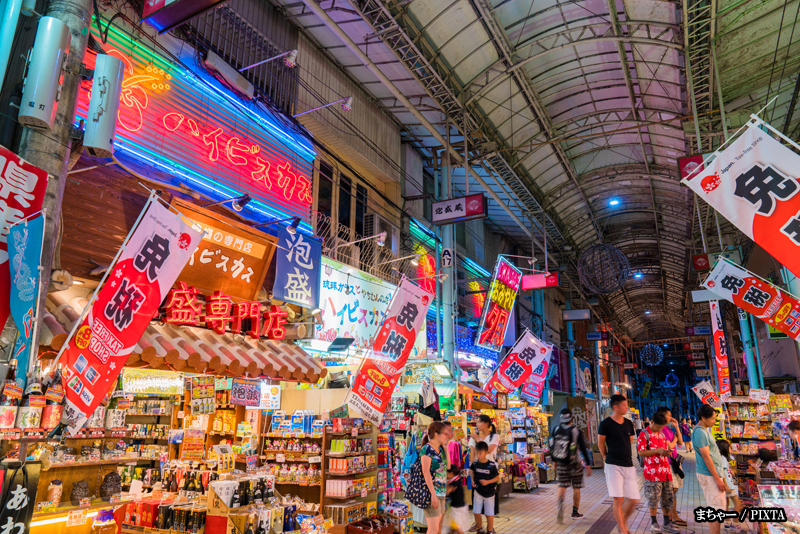
Photo for illustrative purposes
Costs and accommodation
Your budget may play a role in choosing between the islands.
- Okinawa Main Island:
- Costs:
Often more affordable overall, thanks to a wide range of accommodations, from business hotels and guesthouses to mid-range resorts. Dining options also span all price points, and car rentals are competitively priced. - Accommodation:
A broad mix, including hostels in Naha, resort hotels along the coast, and everything in between.
- Costs:
- Ishigaki Island:
- Costs:
Typically more expensive, especially for flights and lodging, due to its remote location and focus on boutique or resort-style stays. - Accommodation:
More limited in number and skewed toward upscale resorts and small guesthouses. Budget options exist but are fewer than on the main island.
- Costs:
Activities for travelers (snorkeling, diving, culture)
Beaches may draw you in, but there’s plenty to explore beyond the shore.
- Okinawa Main Island:
- Snorkeling/diving:
Popular spots include the Blue Cave in Onna. - Culture/history:
Highlights include Shuri Castle (a UNESCO World Heritage site), the Peace Memorial Park, and Okinawa World, a cultural theme park. - Shopping/dining:
Naha’s Kokusai Dori and the island’s resort areas feature an extensive variety of shops and restaurants.
- Snorkeling/diving:
- Ishigaki Island:
- Snorkeling/diving:
Considered among the best in Japan, with incredible coral reefs and the chance to see manta rays. Many tours depart from Kabira Bay. - Culture/nature:
Take a short ferry to Taketomi Island to explore traditional village life, or head to Iriomote for jungle treks and kayaking. - Stargazing:
As part of Japan’s first designated “dark sky place,” Ishigaki offers rare views of the night sky.
- Snorkeling/diving:
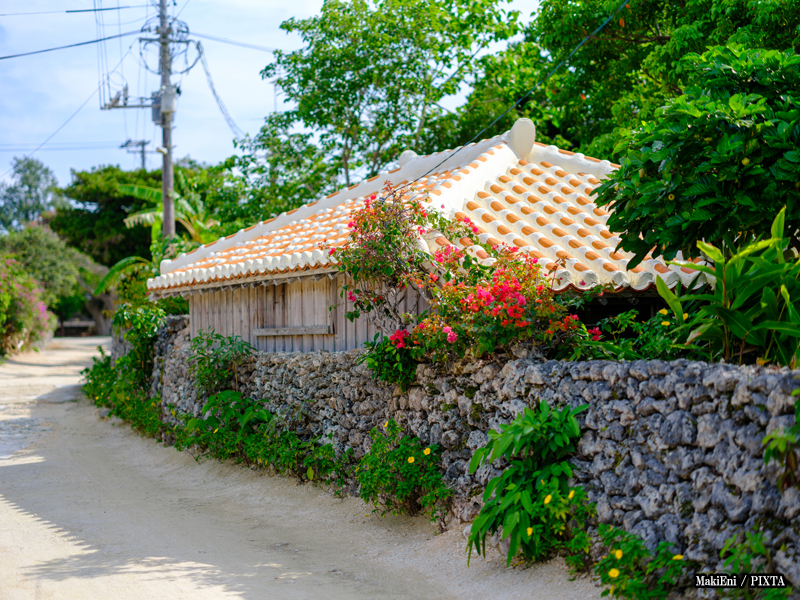
Photo for illustrative purposes
Family vs. couples vs. solo: Which island suits you?
- Families:
Okinawa Main Island is often a great fit for families, offering a wide range of family-friendly resorts, attractions beyond the beach (like the Churaumi Aquarium and theme parks), and safer, well-equipped beaches. To access these sights conveniently, renting a car is highly recommended as public transportation outside of Naha is limited. - Couples:
Both islands work well for couples, but Ishigaki stands out for those seeking romance in remote beaches, nature views, and engaging marine activities. Okinawa Main Island, by contrast, has more dining and nightlife options. - Solo travelers:
Okinawa Main Island is a more practical choice for solo travel. It offers better public transportation and a wider range of budget accommodations. While solo travelers can use the monorail to get around Naha easily, exploring the rest of the island typically requires renting a car or joining full-day bus tours.
Related article:
“Best Okinawa Beaches for Families: Safe, Facility-Rich Spots by Season”
Final thoughts: Choose based on your travel style
Okinawa Main Island and Ishigaki each deliver an unforgettable beach vacation, but the best fit depends on what kind of trip you’re after.
- Choose Okinawa Main Island for easy access, family-friendly beaches, rich historical and cultural landmarks, and a wide variety of dining and lodging options. However, keep in mind that a rental car is essential for exploring areas beyond Naha City.
- Choose Ishigaki Island for remote beaches, exceptional snorkeling and diving, and a slower pace centered on nature. It’s best suited to travelers willing to rent a car and explore at their own rhythm.
Choose based on your priorities—but trust that either destination delivers on the promise of a warm-weather escape.
